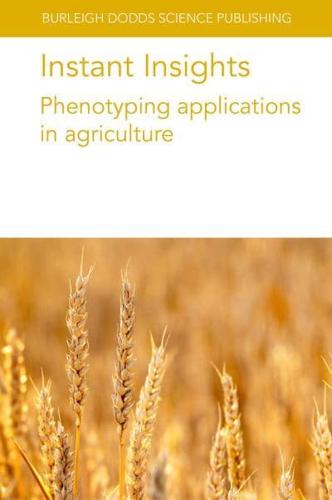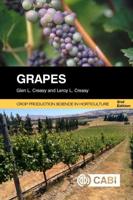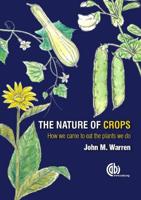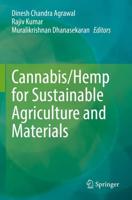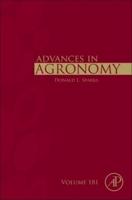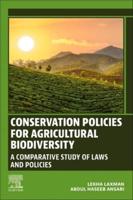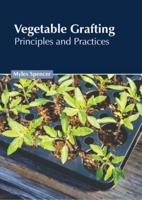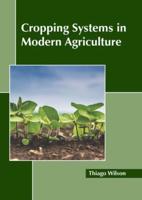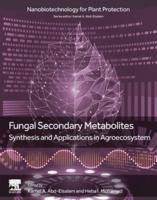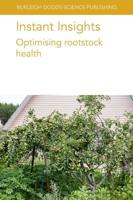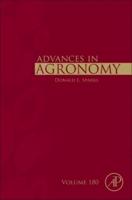Publisher's Synopsis
This book features five peer-reviewed reviews on the different applications of phenotyping techniques across agriculture.
The first chapter outlines how plant phenotyping has developed over recent decades, driven by factors such as advances in optical sensors, image analysis and automation as well as multidisciplinary cooperation in establishing facilities for high-throughput plant phenotyping.
The second chapter reviews the importance of phenotyping in plant breeding programmes and considers the role of phenomics in boosting the genetic gain in grain yields. Using high-throughput phenotyping techniques as a cost-efficient method for phenotypic data acquisition is also discussed.
The third chapter examines recent advances in phenotyping to identify drought-resistance traits in cereal roots. It also reviews current root phenotyping strategies and challenges.
The fourth chapter considers the application of phenotyping techniques based on existing plant cohort research in plant factories with artificial lighting (PFALs). The chapter also explores the possibility of plant phenotype-based environmental control in PFALs.
The final chapter provides an overview of the imaging techniques used in seed phenotyping, focussing primarily on the recent advances in X-ray imaging and the main parameters required to produce optimal image data.
